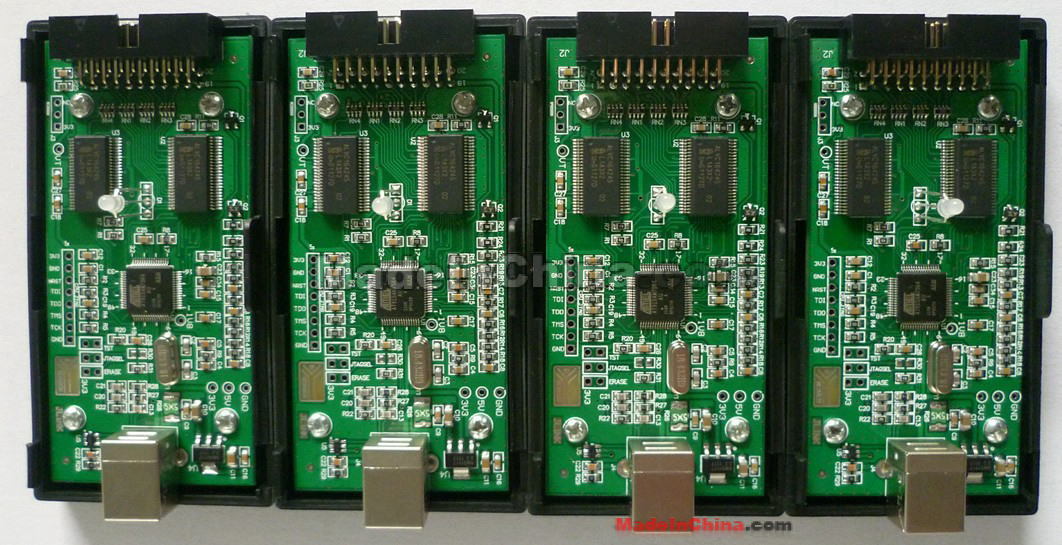


If anything I'd just remove "v8" from the title. Everything is known and everything was said about v8 already, so people are just gonna share stuff about the newer ones as time goes. I don't see why v9 needs a new thread really, and nothing of value is known about v10 so far. They are the ones with also an FPGA so they can work at a really higher speed (50/100MHz).īTW, to my knowledge, the HW currently supported by Segger is: « Last Edit: September 11, 2017, 06:25:22 06:25 by crahak »ĭoes anyone have the schematics of the J-Link Pro/Ultra+ ? If you want one then your best option is gonna be to 3D print it yourself (assuming you know SolidWorks or similar and have a 3D printer, of course)

BTW, they don't have a case (just a plastic shrink around 'em). I'll probably buy a EDU mini sometime soon.
#JLINK EDU CRACK FULL DRIVERS#
clones are fast and cheap but you need patched drivers or it gets bricked EDU mini is cheap and never gets bricked but slower
#JLINK EDU CRACK FULL PLUS#
EDU is fast and never gets bricked but it's the most expensive option (~10% of the cost of a J-Link Plus not sure if they're still shipping v9.4's or if they've been updated to v10.1 like the rest of the lineup) Also, if you want to connect to some "legacy" boards that have the old headers then you'll need to make yourself an adapter (PCB, connectors, cables.) Both would need patched DLLs to skip the EDU nags, but they would never get bricked and updating would be simple and easy. The new EDU mini is like the old EDU but slower (4MHz vs 15MHz JTAG speed so ~4x as long to flash), and with the 0.050"/1.27mm pitch CoreSight 10 pin Cortex debug connector instead of the ancient and gigantic 20 pin 0.100"/2.54mm one (but no ETM pins, if you need those). If you want less trouble than that, then you have 2 other options: the J-Link EDU (around $65 USD) or the new J-Link EDU mini (around $20 USD). I had to do it once because I used the Ozone debugger (圆4 version, which probably used the 圆4 DLL which I hadn't bothered to patch.) Otherwise, in daily use, with a patched DLL (haven't tried wild's) it works fine. With the right drivers, flasher and firmware you'll be able to reprogram it. Then you plug it in and it'll be seen as a STM32 in DFU mode. Some clones seem to have it now.įor reprogramming, you set the jumper (or flip your DIP switch) and short the DBGRQ (debug request) pin to ground (best/easiest way is to short pins 17 and 18 of the JTAG connector together with a jumper). It's not super hard to do but it's hassle that would be easily avoided with the right jumper. The switch is glued on the PCB with 2 part epoxy glue, and the terminals isolated from the PCB with kapton tape underneath. So I had to cut a 0.5mm long trace, solder a wire-wrap on the MCU pin which goes to a pull down resistor and also to a SMT DIP switch connected to 3.3V (no easy way to add a jumper to a PCB after design). But if you don't like unnecessary drama, make sure it has a programming jumper on pin 60 of the STM32. I got a legit v9 at work but it's kinda pricey for home use so I tried a cheap clone. I needed something newer than a v8 for newer MCUs. Does anybody have any experience with them, or know anything about them? Recently I've seen J-Link v9 units advertised on ebay.


 0 kommentar(er)
0 kommentar(er)
